recent articles
- How many blades should your ceiling fan have?
- How far should recessed lights be from a ceiling fan?
- How to make a ceiling fan light brighter
- How to install a ceiling fan remote
- Everything you need to know about ceiling fan light kits
- AC Vs. DC Ceiling Fans: Which One Is Right For You?
- Choosing The Right Blade Material For Your Ceiling Fan: Factors To Consider
- Efficient Fan Usage: Tips For Using Ceiling Fans To Supplement Your HVAC System
- Energy-Efficient Cooling: Exploring The Advantages Of DC Motor Ceiling Fans
- Choosing The Right Ceiling Fan: A Comprehensive Buyer's Guide
- 5 Fan-Tastic Ways To Maximize Your Fan’s Efficiency
- Mastering the Art of Uninstalling a Ceiling Fan: A Step-by-Step Guide
- Enhancing Comfort: Mastering Wall Fan Sizing and Positioning
- Ceiling Fans Vs. Air Conditioners: Pros And Cons For Different Situations
- Bladeless Ceiling Fans : The Future of Home Cooling
- Misting Fan Buying Guide
- What Is CFM in a Ceiling Fan?
- Which direction should my Ceiling Fan spin in Winter?
- The Matthews Fan Company Story
- What Size Ceiling Fan Do I Need
What Size Ceiling Fan Do I Need
Selecting the recommended ceiling fan size is crucial for both comfort and energy efficiency in a home. "Todays Fans" offers a wide range of ceiling fans to suit various room sizes and styles. When determining the correct size fan for a room, several factors need consideration, including the room's square footage, ceiling height, and aesthetics. Choosing the recommended ceiling fan size can also enhance the overall look and feel of a room, adding to its aesthetic appeal. Additionally, Oscillating Ceiling Fans can provide a more even distribution of air in the room. The size of the fan can impact its performance, with larger fans typically providing more airflow than smaller ones. It's important to strike a balance between the fan's size and the room's dimensions to ensure optimal air circulation and comfort.

Recommended Ceiling Fan Sizes for a Room Depending on the Room Area. How do You Determine the Size of a Ceiling Fan?
So, let's explore what sizes ceiling fans come in. One of the primary considerations when choosing a ceiling fan is the size of the room. For rooms up to 75 square feet, a fan with a blade span of 29 to 36 inches is recommended. Medium-sized rooms, between 76 and 144 square feet, require a fan with a blade span of 36 to 42 inches. Larger rooms, over 144 square feet, need a fan with a blade span of 44 inches or more. Adhering to this recommended ceiling fan sizes guide ensures optimal air circulation for comfort. Selecting the correct size ceiling fan for the room is essential to ensure that air is circulated effectively, providing a comfortable environment for occupants. It's also important to consider the height of the ceiling when determine size of a ceiling fan, as a fan that is too large for the room can be overwhelming and inefficient.
- For rooms up to 75 square feet, consider a fan with a blade span of 29 to 36 inches.
- Medium-sized rooms, between 76 and 144 square feet, benefit from a fan with a blade span of 36 to 42 inches.
- Larger rooms, over 144 square feet, require a fan with a blade span of 44 inches or more.
|
Room Size |
Blade Span |
CFM |
|
Under 80 sq. ft |
29" - 38" |
Under 2500 |
|
81 – 160 sq. ft. |
38" - 44" |
2000 – 3000 |
|
160 – 240 sq. ft. |
45" - 52" |
2500 – 4500 |
|
240 – 400 sq. ft. |
53" - 72" |
3200 – 7000 |
What Size Ceiling Fan to Get Depending on the Height of the Ceiling. How to Determine the Size of a Ceiling Fan
Ceiling height is another critical factor in determining the appropriate fan size. For standard ceilings (8 feet high), a flush-mount or hugger ceiling fan is ideal to ensure proper clearance. For ceilings higher than 8 feet, a downrod can be used to lower the fan to the optimal height for efficient air movement. The correct ceiling fan size ensures that the blades are at least 7 feet above the floor and 18 inches from the walls for safety and optimal performance. Accessories for Ceiling Fans, such as remote controls, light kits, and extension rods, to enhance their functionality and style. Ceiling fans are not only functional but also add to the aesthetic appeal of a room. Ceiling fans come in various designs, finishes, and styles to complement any decor, making them a versatile addition to any home. However, it is crucial to determine size of a ceiling fan.
How to Select Ceiling Fan Size of the Right CFM Rating. How to Choose a Ceiling Fan Size
CFM (cubic feet per minute) is a measure of airflow efficiency. To select the right CFM rating for a ceiling fan, the room's square footage should be considered. For example, a room between 144 and 225 square feet requires a fan with a CFM rating of 1,500 to 3,000. Larger rooms over 225 square feet need a fan with a CFM rating of 3,000 or higher. This ensures that the correct size ceiling fan can effectively circulate air in the room. Selecting a fan with the appropriate CFM rating is essential for maintaining a comfortable indoor environment and ensuring proper air circulation. It's important to calculate ceiling fan size that can provide enough airflow for the size of the room to avoid issues such as stagnant air or uneven cooling.
Combining Size with Room Aesthetics. How to Know What Size Ceiling Fan for a Room with Unusual Design Must Be
In addition to functionality, the size and style of the ceiling fan should complement the room's aesthetics. For larger rooms, a fan with larger blades can make a bold statement and enhance the room's décor. Conversely, smaller rooms may benefit from a more subtle fan design that blends into the space. Ceiling fans can also serve as a focal point in a room, adding a touch of elegance or style. Ceiling fans are available in a variety of styles, sizes, and finishes to suit any room's decor and enhance its overall aesthetic appeal. Whether you prefer a classic, traditional look or a more modern, contemporary design, there is a ceiling fan to complement your space. With proper installation and maintenance, a ceiling fan can provide years of efficient and stylish air circulation. Additionally, ceiling fans can help reduce energy costs by supplementing or even replacing air conditioning.

Optimal Performance Without Excessive Noise. How to Choose a Ceiling Fan Size for Quiet Operation
Selecting the correct ceiling fan size is essential for optimal performance without excessive noise. An improperly sized fan can lead to noise issues, as the motor may strain to circulate air effectively. By choosing the right size fan for the room, homeowners can enjoy the benefits of a quiet, efficient ceiling fan that enhances their comfort and energy efficiency. Additionally, ceiling fans with adjustable speeds can help homeowners customize the airflow to suit their preferences. "Todays Fans" offers a variety of fans with quiet motors and balanced blades to minimize noise and maximize performance. Indoor Ceiling Fans, specifically designed for indoor use, are particularly suited for living spaces, bedrooms, and kitchens, providing efficient airflow and stylish design to enhance any room's ambiance.






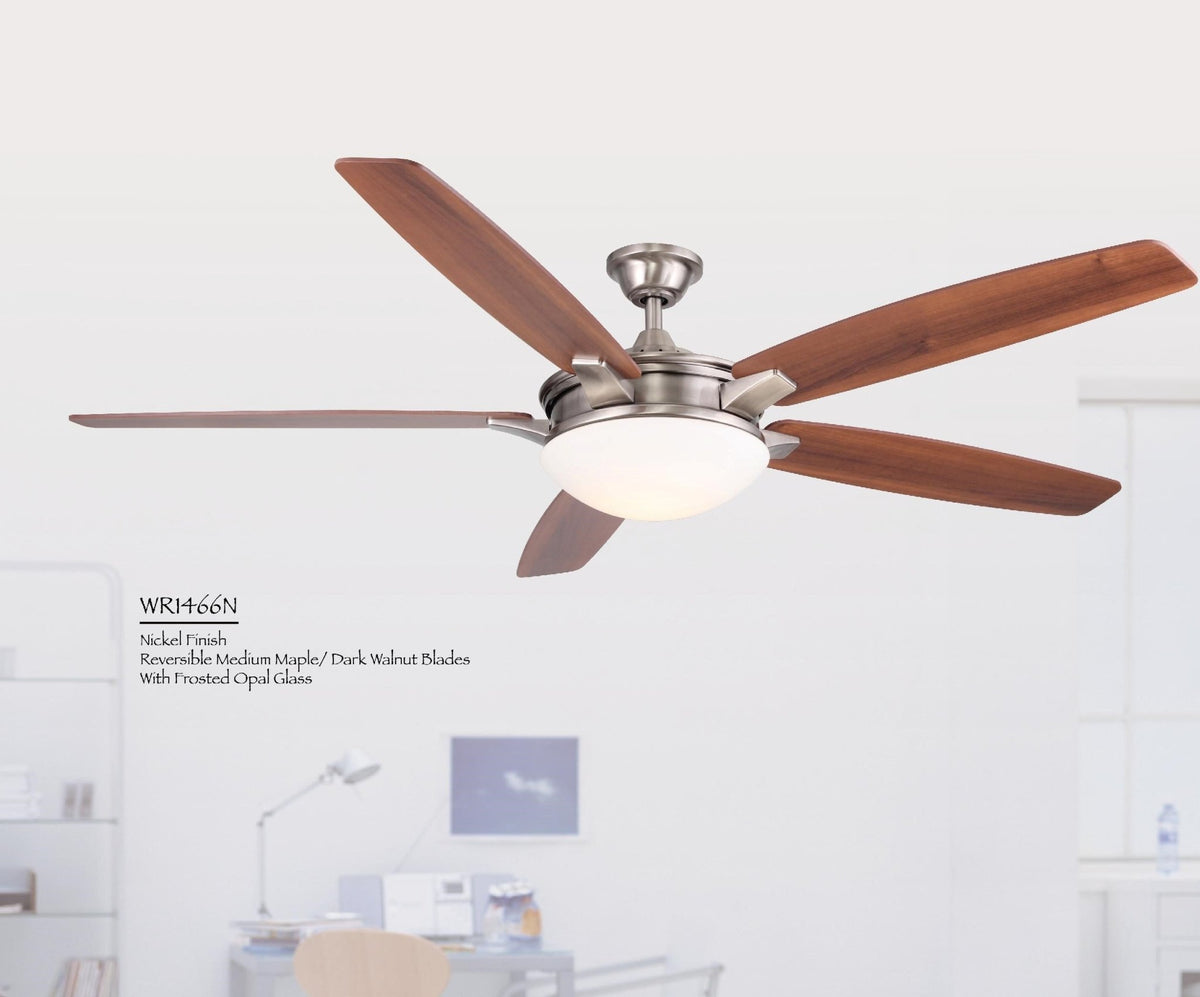
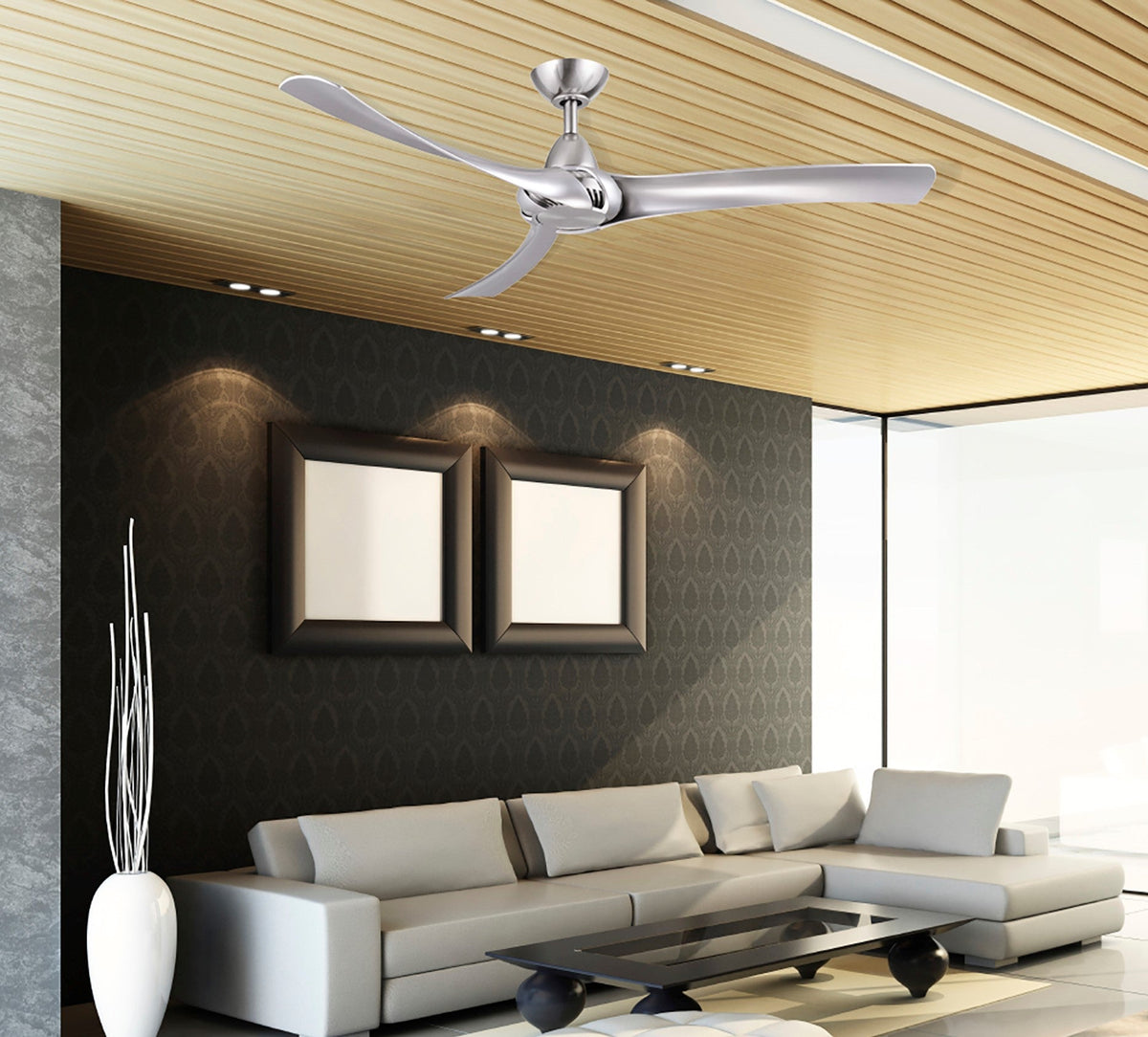
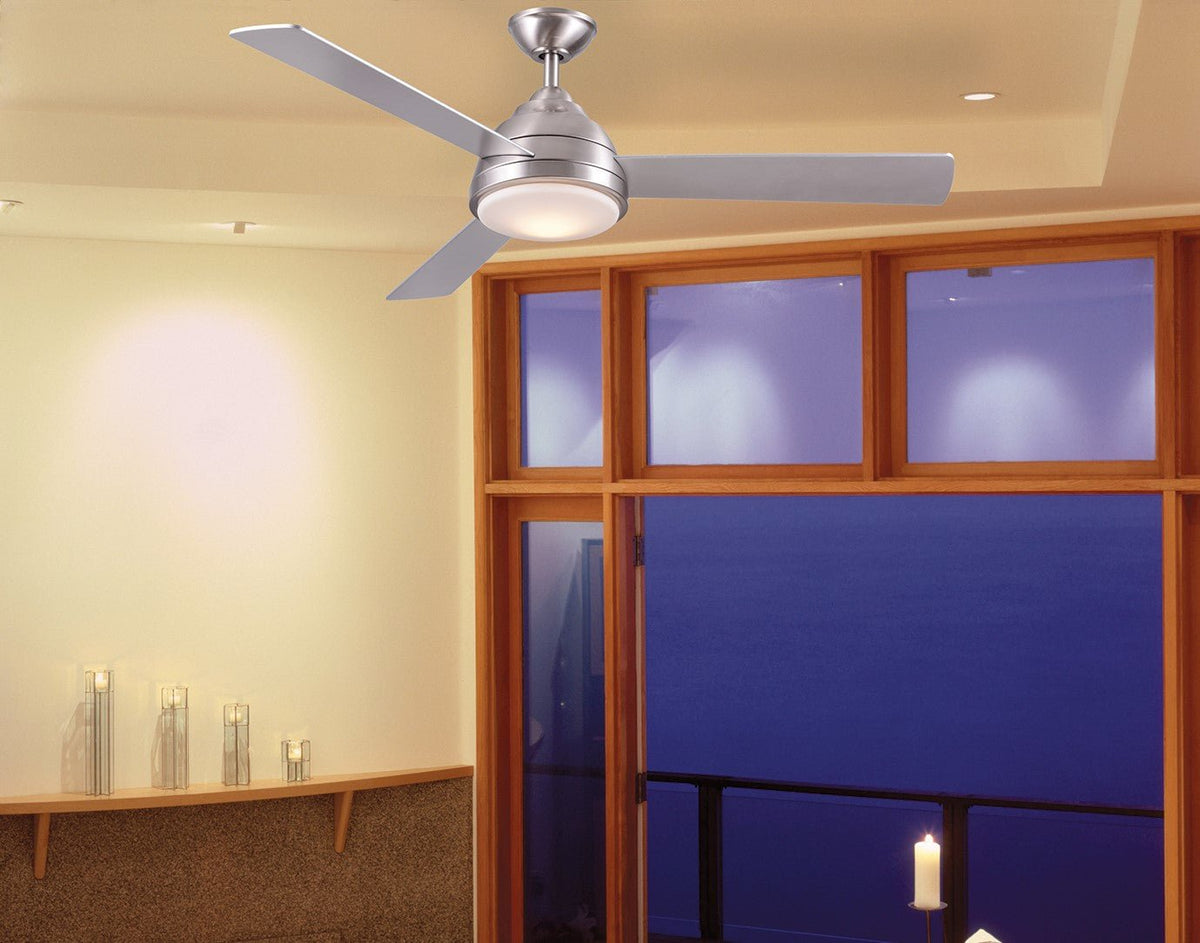
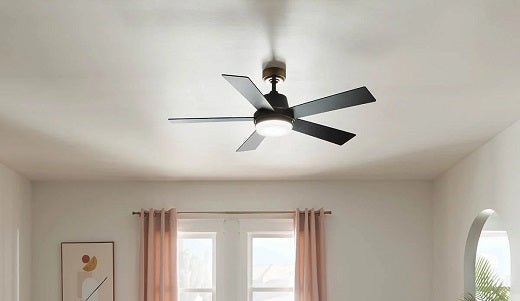
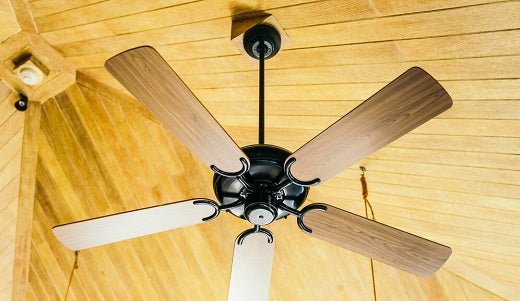


Jim Pearson